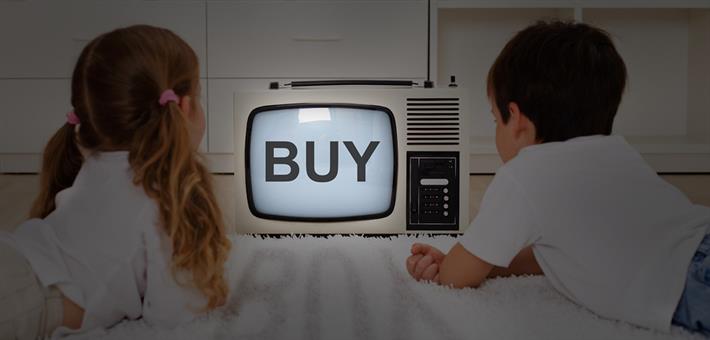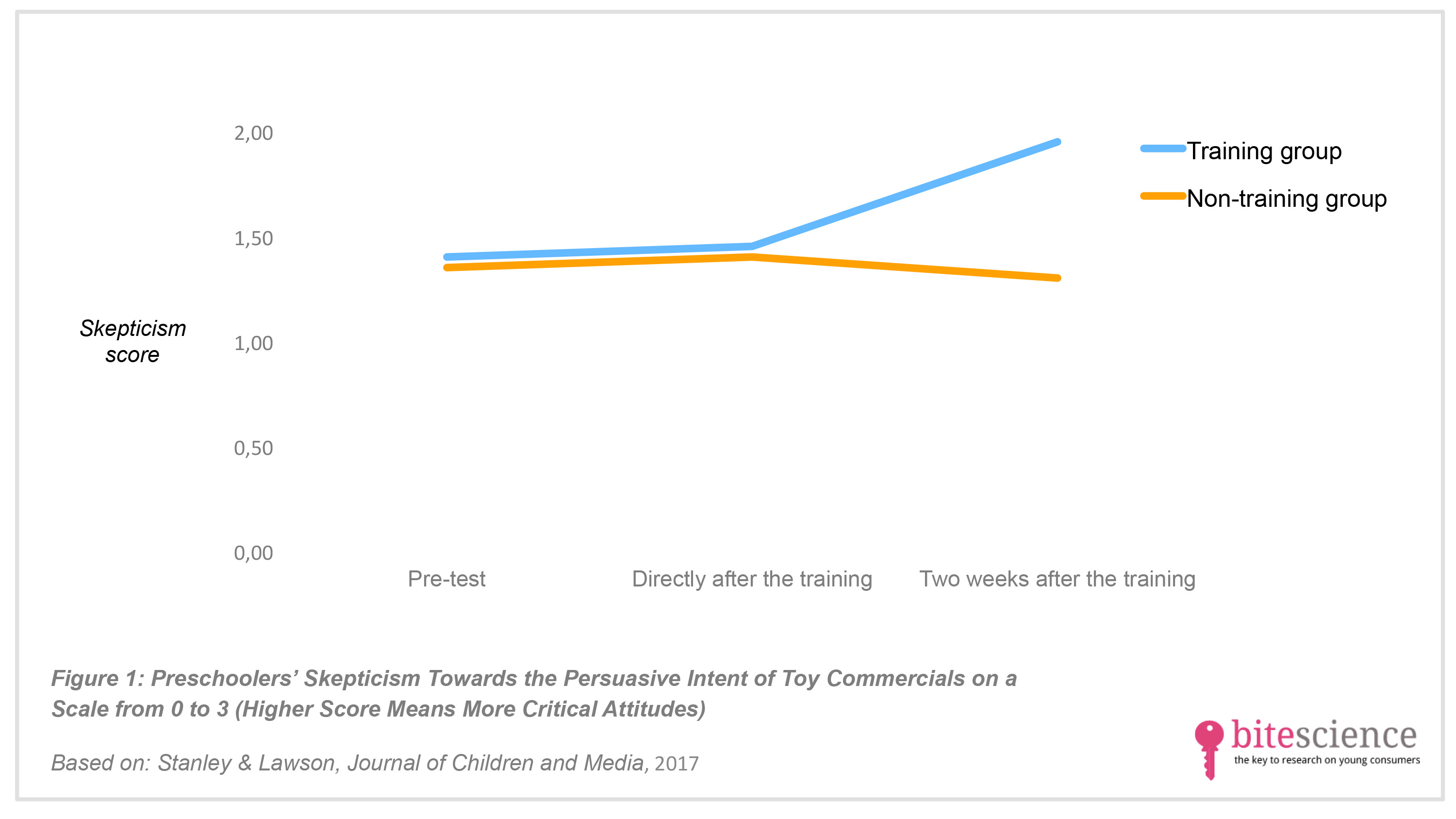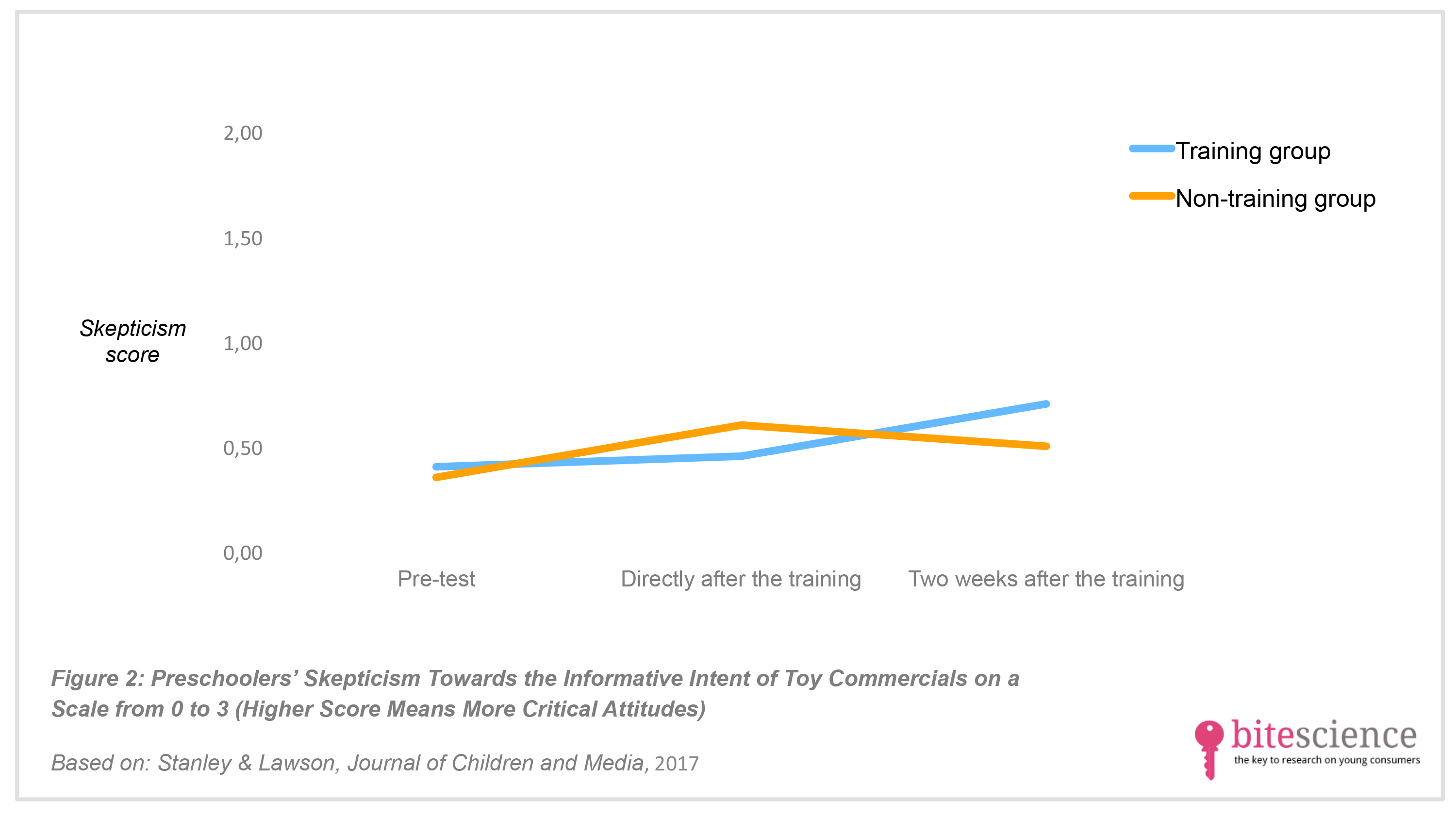
Advertising Literacy Training Makes Preschoolers More Skeptical Toward Toy Commercials
Children can be highly susceptible to advertising, particularly to ads for toys and snacks. Therefore, many schools offer educational programs to teach children to be more skeptical toward the increasing amount of product advertisements they are confronted with. A study in the Journal of Children and Media shows that such programs can be effective in increasing advertising skepticism--even among children as young as 4-5 years.
Take aways
- A short in-school training about the persuasive techniques used in commercials can teach preschoolers to become more skeptical toward toy advertisements.
- Educators and other professionals can implement a short advertising literacy training already before children enter primary school, and in doing so build a foundation for the development of other advertising and media literacy skills.
Study information
The question?
Can a short advertising literacy training about the persuasive techniques used in toy commercials teach preschoolers to become more skeptical towards product advertisements?
Who?
44 preschoolers between the ages of 4 and 5 (52% girls; 59% was White, 18% Black, 15% Latino/Hispanic, and 7% had another ethnic background)
Where?
United States
How?
Half of the preschoolers participated in the advertising literacy training, the other half did not. The children who participated in the training watched a short gender-specific commercial (e.g., boys saw a commercial about Lego Star Wars and girls about Dora the Explorer). The children could then play with the actual toy that was advertised. After some minutes, they saw the same commercial again, but then it was paused at three times. In this way, the researcher could explain the difference in what the commercial said the toy could do and what the toy actually did. The children who did not participate in the training saw the same commercials and could also play with the toy, but did not get the explanation from the researcher.
The researcher asked questions about children’s skepticism toward advertising (i.e., whether children thought commercials used tricks to make toys look better then they really are or whether commercials were a good way to learn about toys) and their attitudes toward advertising (i.e., whether they liked watching commercials and wanted to have the product that was advertised) at three time points: before the training, directly after the training and two weeks after the training. At the final time point, the children answered some additional questions, for example about the degree to which they thought commercials were trustworthy.
Facts and findings
Preschoolers’ skepticism toward toy commercials
- Suprisingly, no differences in preschoolers’ skepticism towards the persuasive and informative intent of commercials were found directly after the training.
- However, two weeks after the training, the preschoolers who participated in the advertising literacy training more frequently said that commercials used techniques to persuade them to buy the toy compared to children who did not participate in the training (see Figure 1).
- No differences between the two groups were found for questions about the informative intent of commercials (see Figure 2), meaning that after the advertising literacy training, children still saw commercials as a good source to get information about a toy.
Preschoolers’ attitudes toward toy commercials
- Preschoolers who participated in the advertising literacy training more often thought that commercials were not trustworthy.
- Preschoolers’ liking of commercials and desire for the advertised toys did not change after the training.
Critical note. Only a small group of preschoolers participated in this study, meaning that the results might not hold for all children and should be interpreted with caution.

